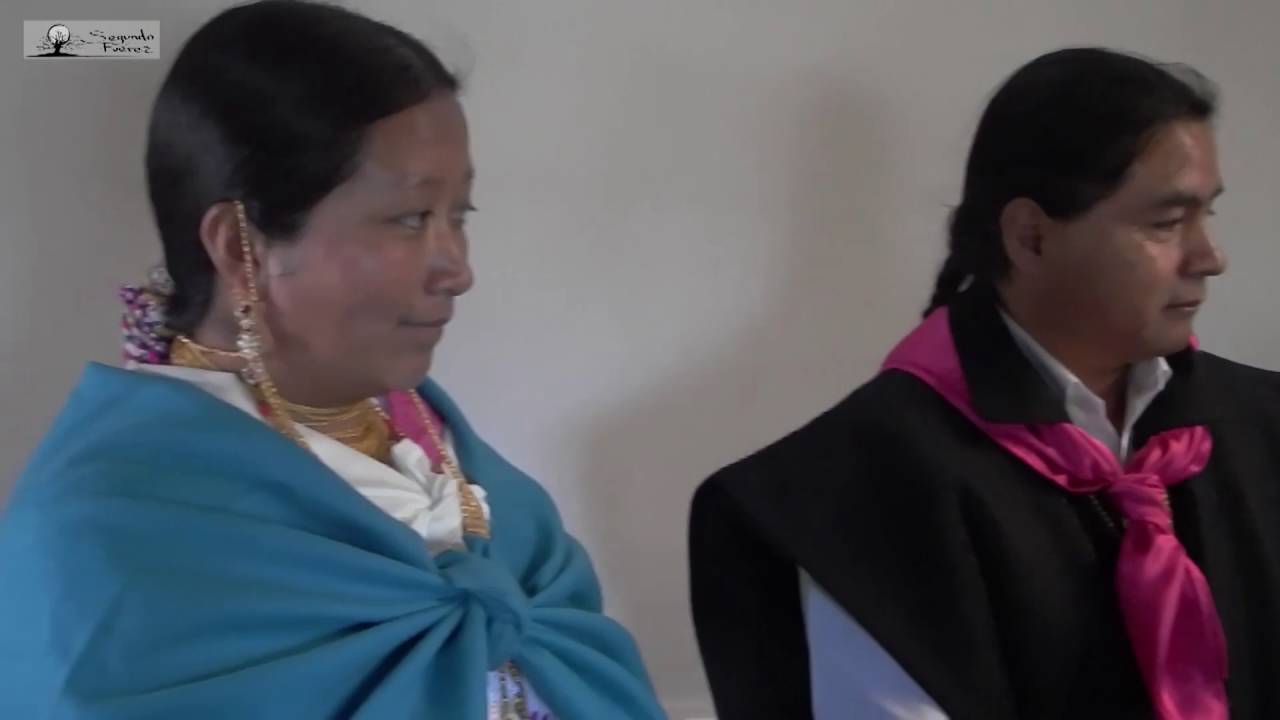No two countries are the same. Each nation has a different history that has shaped the way its citizens view the world, interact with others, and live their lives. These differences manifest in many ways, including how they participate in the sacrament of marriage.
Ecuador is a South American country with a long history of migrations and conflicts. As such, its wedding traditions, like the “Compadre” system, candle lighting, and Church weddings, have influences from various peoples and places. Below are 12 unforgettable wedding traditions in Ecuador worth learning more about.
Intriguing Ecuadorian Wedding Traditions You Should Know
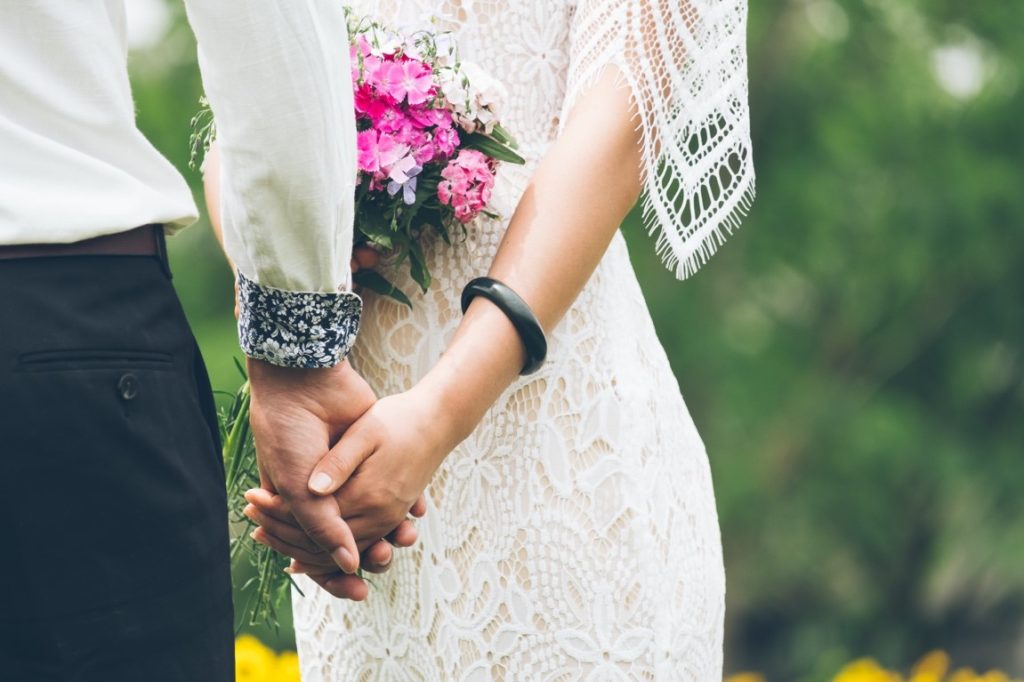
1. Marriage at a Young Age
The area known today as Ecuador has a rich history that spans thousands of years. During the late 15th century, the Inca people expanded into highland Ecuador. They had almost a century before the Spaniards came to colonize the region.
As such, it is no wonder that a lot of Incan traditions still survive in Ecuador today. An example of such a tradition is marrying at a young age.
Incan women had to get married when they turned 16. Meanwhile, Incan men were also expected to marry by the age of 20. Moreover, depending on a man’s social class, he can marry up to several women.
Given this tradition, the Incans had a custom of “trial marriages.” A man and a woman can assume the roles and responsibilities of a married couple for some years. Afterward, they can decide if they would like to proceed to a proper union or go back to their respective families.
2. Weddings Are a Two-Day Affair
A traditional Inca wedding takes place over two days. The first day is usually hosted by the groom’s family at their house. Meanwhile, the bride’s family is in charge of the second day of the ceremony.
One of the most significant parts of the wedding is when the couple’s families tell them how to behave as a “good” bride and groom. They learn what duties and responsibilities come with marriage.
After the pronouncement of the couple as husband and wife, the newlyweds are washed using holy water. This act represents the giving of blessings for the next chapter of their lives.
Overall, this timeline is only followed by Incan natives; foreigners cannot take part in this tradition. Furthermore, some sources say this tradition is slowly diminishing because of modernity. With that said, there are efforts to retain this integral part of the culture.
3. Marriage as an Economic Proposition
In many parts of the world, marriage is seen as an economic proposition rather than an expression of love. The Inca people have this mindset.
Instead of a joyful and jovial celebration, an Incan wedding more closely resembles a business meeting or transaction. Marriage is an economic safety net; it provides both families with financial security.
This perspective is reflected in the roles an Incan man and woman take within marriage. For example, men must be the breadwinner of the family; husbands are expected to make a living. Meanwhile, wives must take care of their children and manage the household.
4. Church and Civil Weddings Are Popular
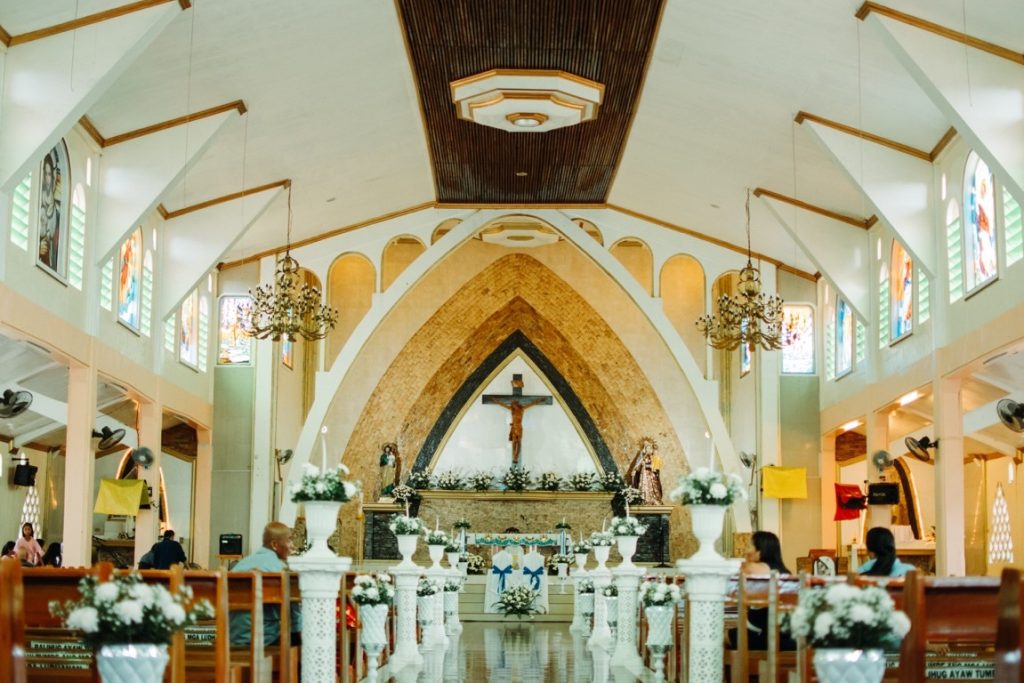
A large majority of Ecuadorians are Christians. Furthermore, of the 86.7% of their population who identify as Christian, 68.8% belong to the Roman Catholic denomination. Thus, Church weddings are a common practice.
Ecuadorian Church weddings are highly similar to the typical Catholic wedding timeline we see in the United States. However, many religious weddings in Ecuador happen at nighttime.
Meanwhile, many Ecuadorians also choose to have a different type of ceremony: a civil wedding. Typically, only the couple’s close circle of friends and family attend this ceremony.
Ecuadorian couples can visit the Civil Registry, appearing in front of a judge who will solemnize their union. Alternatively, they can ask a licensed judge to visit their house and officiate the wedding there.
5. Weddings Surrounded by Nature
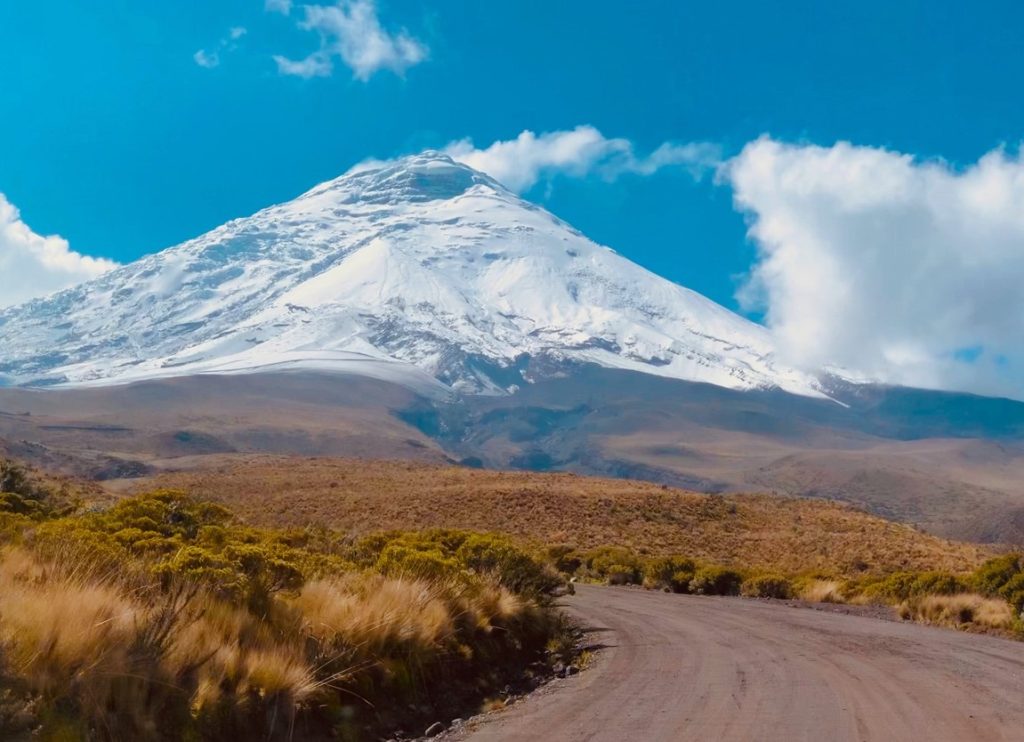
Although the Church and the Civil Registry are frequent choices for a wedding, Ecuadorian couples have plenty of nature-inspired venue options.
Firstly, there is the “La Costa” region. Translating to “The Coast,” this area boasts miles of breathtaking beaches right at the foot of the Andes Mountains. If you are planning a beach destination wedding, consider the mesmerizing shores of this South American country.
Secondly, the “El Oriente” region encompasses the forests surrounding the Andes Mountains. This area extends into the Amazon Rainforest, marked by the various tributaries of the Amazon River.
Thirdly, the “La Sierra” region spans across the Andes Mountains. Expect peaks of over 5,000 meters above sea level. Major cities like Quito, Riobamba, and Cuenca are located in the basins of this mountain range.
These three regions have a wide variety of experiences to offer. The warm weather, rich culture, and hospitable people will make you feel welcome. Dive deep into each region, and the provinces and cities in them, to find the perfect venue for you.
6. “Compadrazgo” or Companion System
Similar to Guatemalans, Ecuadorians also have “compadres” for marriage. This word can translate to “companions,” but it can also mean “co-fathers.”
The compadres have a vital role to play during the ceremony. More than that, they will also guide the couple for the rest of their lives; they will support them through thick and thin, giving them necessary advice.
7. More Relaxed Rules for Wedding Attire
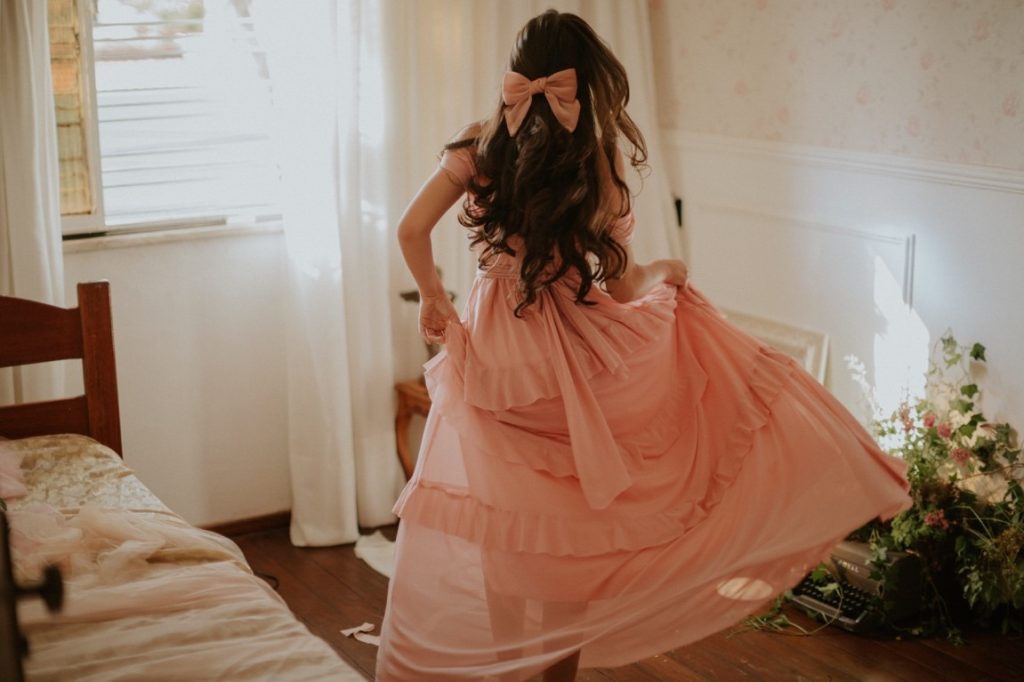
Unlike other countries that have strict etiquette for bridal attire, Ecuador has a relatively relaxed attitude toward what the couple wears at their ceremony.
At a Church wedding, Ecuadorians typically follow the western norm of having the bride wear a white dress while the groom dons a suit.
As for a civil ceremony at the couple’s chosen venue, it is acceptable to wear somewhat informal attire. However, brides usually wear vibrant, lengthy dresses.
8. Candle Lighting Ceremony
The candle-lighting ceremony can be observed in many South American countries like Colombia. This ritual starts with the couple holding one lit candle each. They use their candles to light another candle and then blow on their own candles to put the fire out.
This tradition, performed after exchanging rings, symbolizes the couple’s commitment to each other. Marriage binds them into one union, and they must both work together to maintain a healthy and prosperous relationship.
9. Traditional Food at the Reception
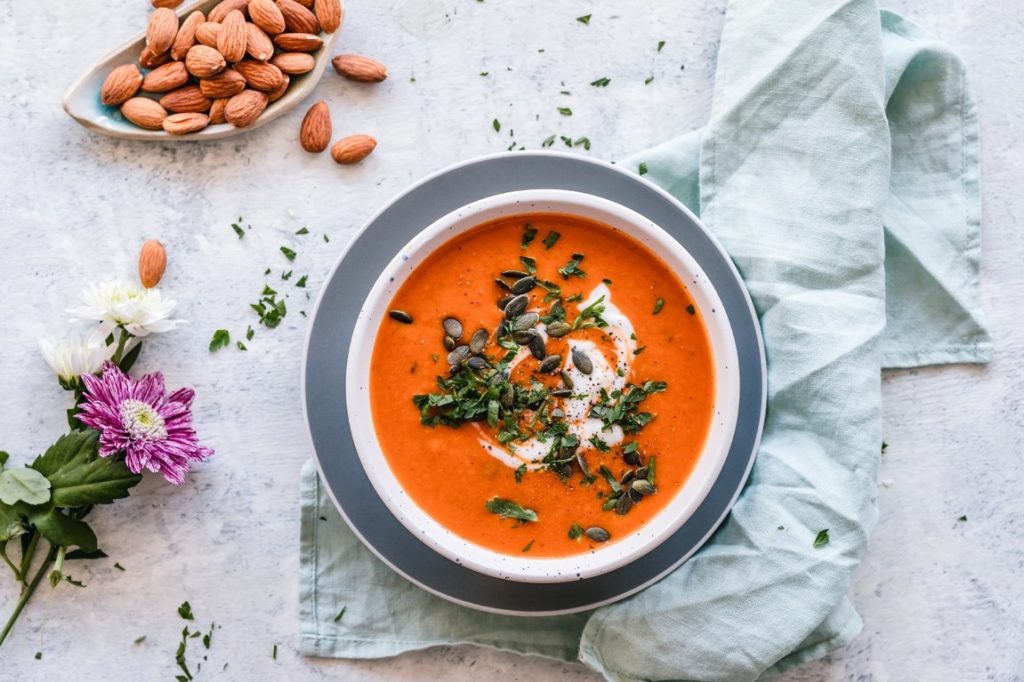
Any wedding, regardless of which culture the couple comes from, is not complete without a feast to celebrate the recent union. In Ecuadorian wedding traditions, the most popular dish is a bowl of soup. You will also see meat platters, potatoes, and chicken steak.
It is worth noting that the menu will vary according to the region. Some locals might prefer corn over potatoes, or they may want to incorporate rice into the meal. You might also see bananas and beans on the menu. Regardless, traditional food is a mainstay at an Ecuadorian wedding.
You can also expect to see a lot of other food and drinks, including alcoholic beverages.
Furthermore, guests often bring takeaway bags to a wedding dinner. They can fill these bags with food, which signifies that they love the dish and respect the food. This way, no food is wasted.
10. Music at an Ecuadorian Reception
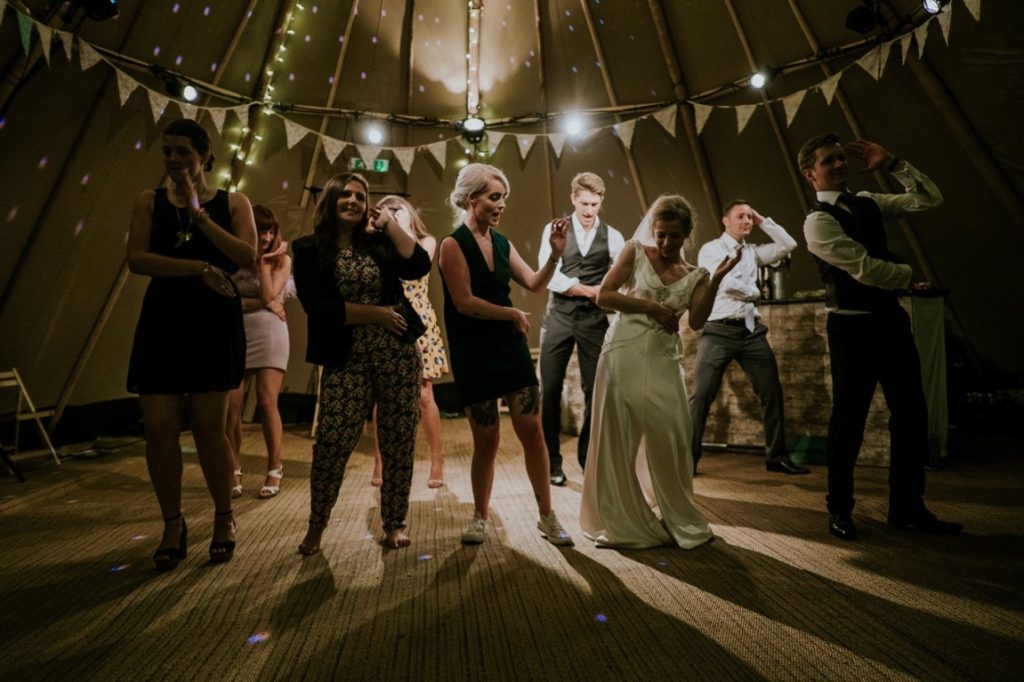
In any culture, be it Mexican, Spanish, or whatnot, wedding receptions are incomplete without a lively playlist. At an Ecuadorian wedding, guests dance along with various styles to traditional and local hits.
Couples can hire a local band or folk singer to perform Quechua and Spanish songs. Likewise, they can hire a DJ, equip them with a high-quality sound system, and let them play music until the very last minute of the all-night-long reception.
If you are attending an Ecuadorian wedding, prepare to dance all night. You cannot refuse; even if you think you are as stiff as a board, just move your body to the beat.
11. No Bridal Parties
In Ecuadorian weddings, there are typically no bridal parties. The couple does not have any bridesmaids, groomsmen, flower girls, and whatnot.
Thus, Ecuadorian couples have no wedding party introductions to kick off the reception. They also do not host rehearsal dinners and other pre-wedding events.
12. Giving Gifts to the Parents
One of the most heartfelt and memorable Ecuadorian wedding traditions is the couple giving their parents gifts. These presents do not have to be new and expensive.
In fact, the most well-loved items to give are things the couple had as children. Their parents may have given them this object during their childhood. Thus, “returning” the item is a highly symbolic and meaningful act.
